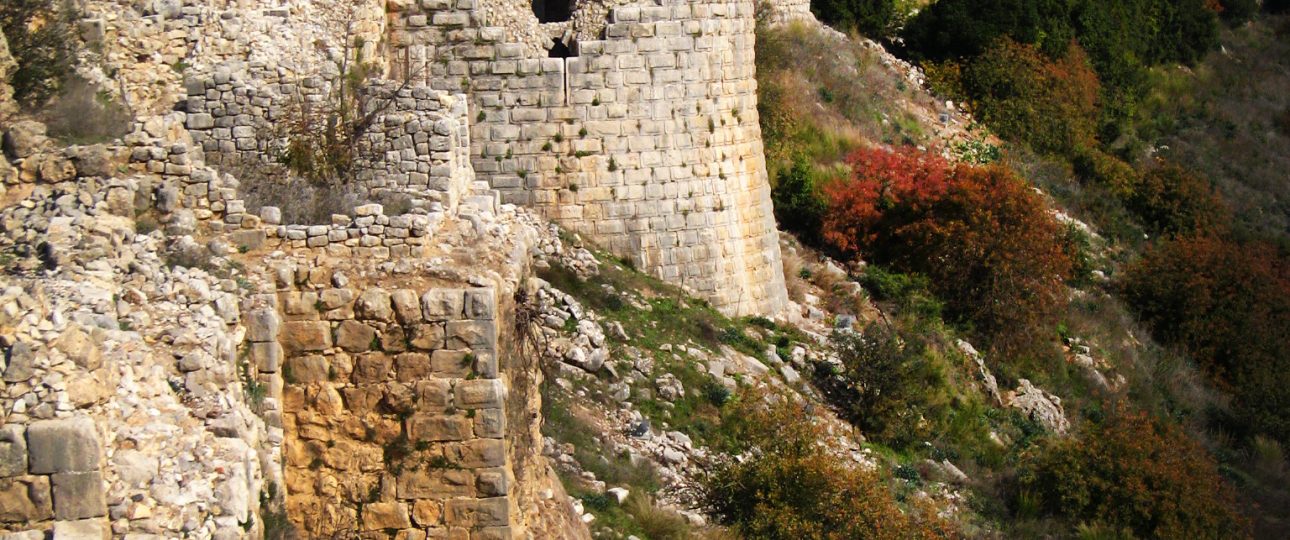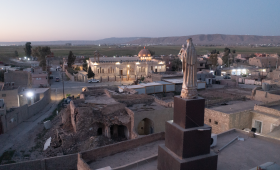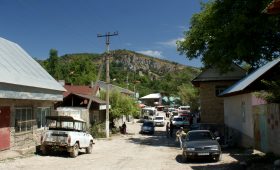Nimrod Fortress: A Journey Through Time
History and Significance
Nimrod Fortress, also known as Qal’at al-Subeiba, is a remarkable historical site in northern Israel. Its origins trace back to the Hellenistic period, with evidence suggesting that the initial structure was built by the ancient Greco-Syrians. Over time, it evolved through various historical phases, including the Crusader, Ayyubid, and Mamluk periods.
The fortress was significantly expanded in 1228 by Al-Aziz Uthman, a member of the Ayyubid dynasty, to defend against the Crusaders. It later fell into the hands of the Mongols and was subsequently fortified by the Mamluks under Sultan Baibars. By the end of the 13th century, its strategic importance waned, leading to its gradual decline.
Exploring the Fortress
Visitors to Nimrod Fortress can explore its extensive ruins, which stretch over 420 meters in length and 150 meters in width. The site is managed by the Israel Nature and Parks Authority, ensuring that the excavated and restored sections are accessible to the public.
Begin your exploration at the western entrance, where you’ll find secret corridors and underground water cisterns. These features highlight the fortress’s defensive ingenuity, with narrow loopholes designed for archers to fend off attackers. The central area contains the remains of a keep, surrounded by large rectangular towers.
Notable Features
- The fortress’s architecture showcases a blend of styles from different historical periods.
- Explore the underground water cisterns, which still retain some original plaster.
- Discover the secret passageways and winding staircases that once confused invaders.
- Admire the intricate carvings and inscriptions that offer insights into the lives of past inhabitants.
Best Time to Visit
The ideal time to visit Nimrod Fortress is during the spring and autumn months. The weather is mild, and the surrounding landscape is lush and vibrant. Summer can be extremely hot, while winter may bring cold and rainy conditions, so plan accordingly.
How to Get There
Nimrod Fortress is located near the town of Majdal Shams in northern Israel. If you’re driving from Tel Aviv, take Highway 6 northbound, then follow the signs to Majdal Shams and Nimrod Fortress. The drive takes about three hours.
For those relying on public transportation, buses run from Tel Aviv to Majdal Shams, but service is limited. From Majdal Shams, a taxi can take you to the fortress. Be sure to check bus schedules in advance to avoid inconvenience.
Local Transportation
Once at the fortress, exploring on foot is straightforward, with clear signage throughout the site. Wear comfortable shoes, as some areas are uneven or steep. If you plan to visit nearby attractions like Banias Nature Reserve, having a car is recommended, as local bus services may not be frequent or convenient for multiple stops in one day.




